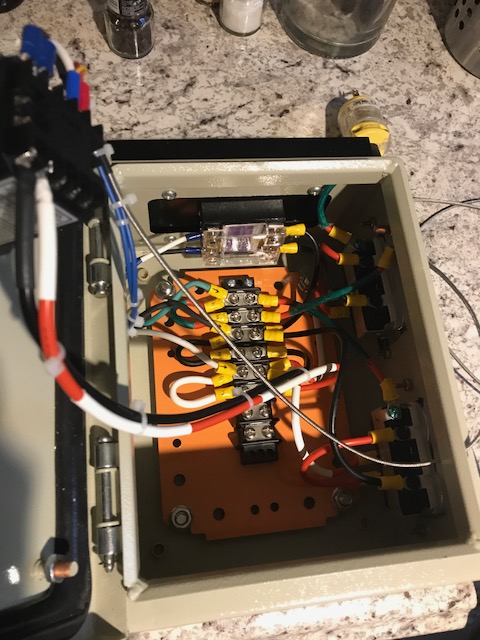That's 12.5A, that + a pump might be cutting it close for a 15A circuit. I can't find a diagram on that Leviton so I can't be much help in regard to wiring. Once you get it in hand there will be a diagram on the box.
Okay, looks like I will have to get the parts and then touch base. I plan to use the pump linked below though which says on the site it pulls 1.05A so shouldn't I be fine with that and the 1500W element? Thanks again for the help!
http://brausupply.com/products/brew-pump-24v














